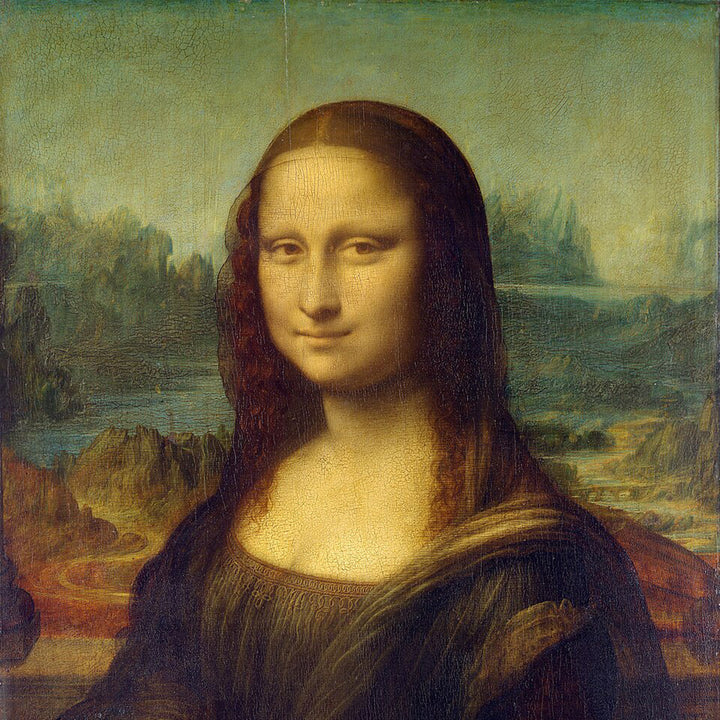
It sounds like a plot twist in an art heist movie, but in 1911, the young Pablo Picasso found himself entangled in one of the art world’s most notorious thefts: the disappearance of Leonardo da Vinci’s Mona Lisa.
On the 21st August, 1911, the Mona Lisa vanished from the Louvre. The mysterious theft baffled police and captivated the public, sparking wild theories and finger-pointing at anyone who might fit the role of “art-world rebel.” For weeks, the Louvre’s empty frame only intensified the scandal, and investigators began to search for suspects within Paris's art circles.
At this time, Picasso was still a relatively unknown artist in his twenties, living in Paris and frequenting the city’s bohemian cafes with his close friend and fellow artist, the poet Guillaume Apollinaire. Both Picasso and Apollinaire were at the heart of the Parisian avant-garde, pushing boundaries with art that shocked and sometimes scandalised the public. As the case dragged on, authorities began to eye this radical crowd with suspicion.
Apollinaire, known for his controversial views - once even declaring that museums should be burned to the ground - quickly attracted police attention. During questioning, authorities uncovered a connection between Apollinaire and an earlier Louvre theft involving ancient Iberian statues, two of which had ended up in the possession of none other than Pablo Picasso. Picasso had used these statues as inspiration for his groundbreaking painting Les Demoiselles d’Avignon, now considered one of the most revolutionary works of the 20th century and a catalyst for Cubism.
The theft of the statues was carried out by Apollinaire’s secretary, Honoré-Joseph Géry Pieret. Aparently Pieret stole the statues and passed them on to Picasso. Though it’s unclear if Picasso directly requested the statues, some historians believe he may have been more involved than he later claimed. With Apollinaire’s provocative statements, Picasso’s possession of stolen art, and their association with Pieret, the two artists soon found themselves under scrutiny for any unsolved art theft - including the Mona Lisa.
This bizarre chain of events only heightened the suspicion and intrigue surrounding The Mona Lisa’s disappearance. After two years of theories and false leads, the true culprit was finally revealed: Vincenzo Peruggia, an Italian handyman and former Louvre employee. Peruggia kept the Mona Lisa in his apartment for two years, only to be discovered when he tried to sell it to an art dealer in Florence.
Though Picasso was ultimately cleared, his brief time as a suspect in the Mona Lisa heist added a surreal twist to his already eventful life. This episode underscored the scrutiny and suspicion that avant-garde artists faced in the early 20th century - a time when their radical art and lifestyles led to public fascination, wild speculation, and, in some cases, accusations as extreme as art theft.
Image Credit: Leonardo da Vinci, Public domain, via Wikimedia Commons

